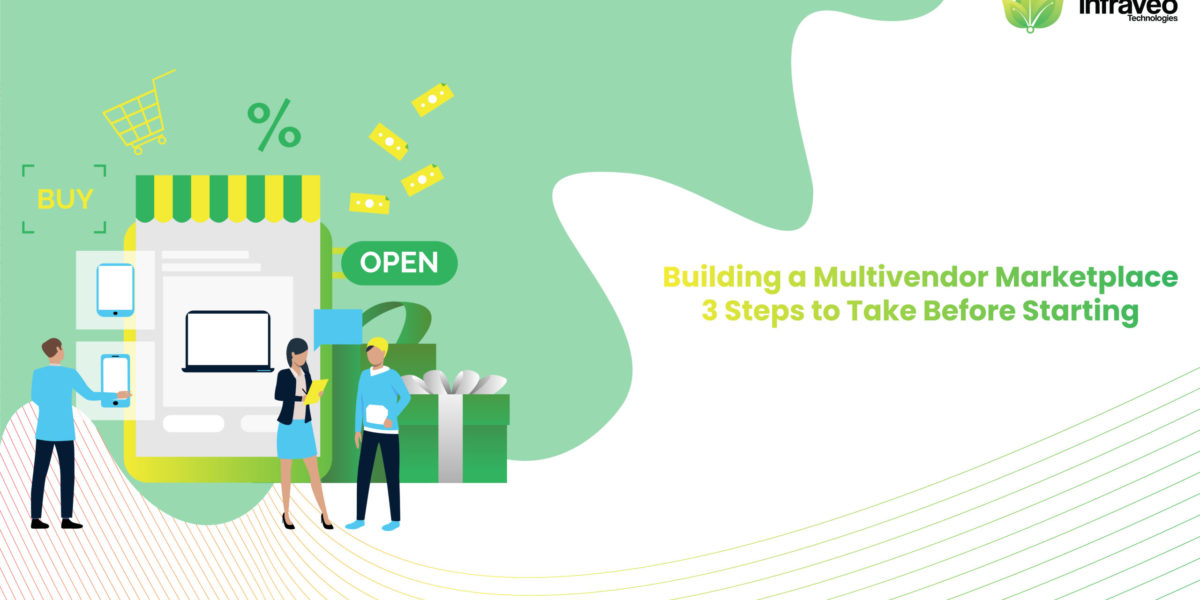Introduction
They say “what goes up must come down,” but this doesn’t apply to data gravity. Data gravity is what causes applications, data, and other information services to be “pulled” towards a centralized location. As a result, costly maintenance, inefficient operations, and poor user experience. As enterprises look for ways to streamline operations and reduce costs, the tendency is to migrate more applications and content into the cloud. However, managing all of your data in a single place can further increase data gravity and inhibit agility. An important aspect of reducing data gravity is saving your organization money by decreasing the cost per bit—and continuing that trend annually as you add new customers (and their associated content) into your ecosystem.
How to reduce the Data gravity pull?
Innovative companies are transforming their businesses by leveraging data to deliver personalized, relevant experiences to every customer, at every touchpoint. You may be wondering, “How do I get started? Where do I even start?” And that’s a great question. The first step is to find a solution that can help you manage your data gravity pull. So, by identifying the right data for your business and providing insights into how it can be used to personalize customer experiences at every touchpoint.
- What are some innovative companies doing to reduce the data gravity pull?
By leveraging their data and other available sources, they’re able to reach every customer with valuable content in real time. Like on their desktop computers, mobile devices, or even wearable tech like an Apple Watch or Google Glasses.
Impact of Data gravity on Businesses
The movement of data into the cloud introduces an entirely new set of issues related to security, compliance, and availability. Risks associated with moving sensitive data into public clouds include
- Loss or theft due to network failures or data breaches
- Regulatory non-compliance resulting from improper access controls
- Exposure due to unauthorized disclosure
- Intellectual-property theft through cyberattacks
- Loss due to natural disasters or other unforeseen events (such as fires)
- Negligent behavior by employees who share confidential information without authorization
- Insider threats by malicious actors within your organization itself.
While some of these risks can be mitigated through careful planning ahead of time (e.g., encryption), others cannot (e.g., human error). As such, all organizations considering a move toward “cloud computing” must carefully weigh its potential benefits against those risks before making any final decisions.
How to manage your data?
The tendency of data pulled towards a single location – Data Gravity. It’s the result of the costs of moving data, which can make it prohibitively expensive or impossible to move certain types of information around easily. Data gravity can lead to the centralization of data, which can lead to poor user experience, inefficiency and cost.
Decentralizing data allows you to distribute your application’s resources across multiple sites or locations (or even clouds) so that if one site goes down you don’t lose access completely – users will still have an alternative way into the system. Decision-making AI requires a massive scale of data for better data analysis.
Save Money by reducing data gravity
By storing as much of this sensitive information in the cloud, you can decrease costs by reducing how much storage space each device needs. Know how many employees need to be trained on how to securely use these devices.
Furthermore, moving data from the cloud back down onto a device will require less bandwidth than if it had been stored locally in the first place. This is because when you transfer data from one location to another. Each byte will take up more space than if it had traveled directly between those two points without being stored at any point along its journey. So even though more bytes may travel over time due to being copied multiple times before they reach their destination. They’ll still end up taking up less overall space than if they had been stored locally either time around.
The best way to tackle the challenges associated with data gravity is –
- To use an approach that allows you to distribute your content closer to the consumers who need it.
- You can save money by decreasing the cost per bit, improving user experience, and improving agility and operations.
Conclusion
Today’s technology allows organizations to reduce data gravity and accelerate their business. Using a data solution that allows you to distribute content closer to the consumers who need it, can save your organization money by decreasing the cost per bit. By taking advantage of a content and data platform that is built on an API-first architecture. Build apps that are not restricted by location or infrastructure requirements. With these solutions in place, you can enable new features, functionality, and user experiences for your customers faster than ever before.




